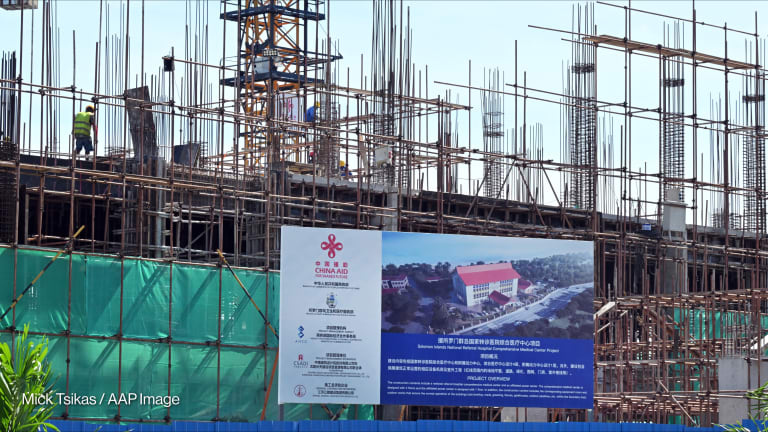The international development finance landscape is changing — not just in the emergence of new donors with new money, but in the way they do things. And China, one of the world’s most significant emerging donors, is at the forefront of this change.
For the past two years alone, Asia’s economic behemoth has been setting up economic and development institutions left and right, including the Beijing-based Asian Infrastructure Investment Bank, the BRICS’ New Development Bank headquartered in Shanghai, and the “One Belt, One Road” initiative. And all this in addition to the country’s growing financial flows and assistance to other regions of the world over the past decade or so.
But Chinese assistance, in all its permutations, has been subject to much scrutiny and criticism — especially in terms of the form such assistance takes and the motivations behind it. Over the past few years experts have variously characterized China’s burgeoning development finance as “rogue aid,” while others have rallied behind the East Asian nation’s approach to Africa, tagging it as just “misunderstood” and dismissing criticism as “sensationalist and paranoid.”








